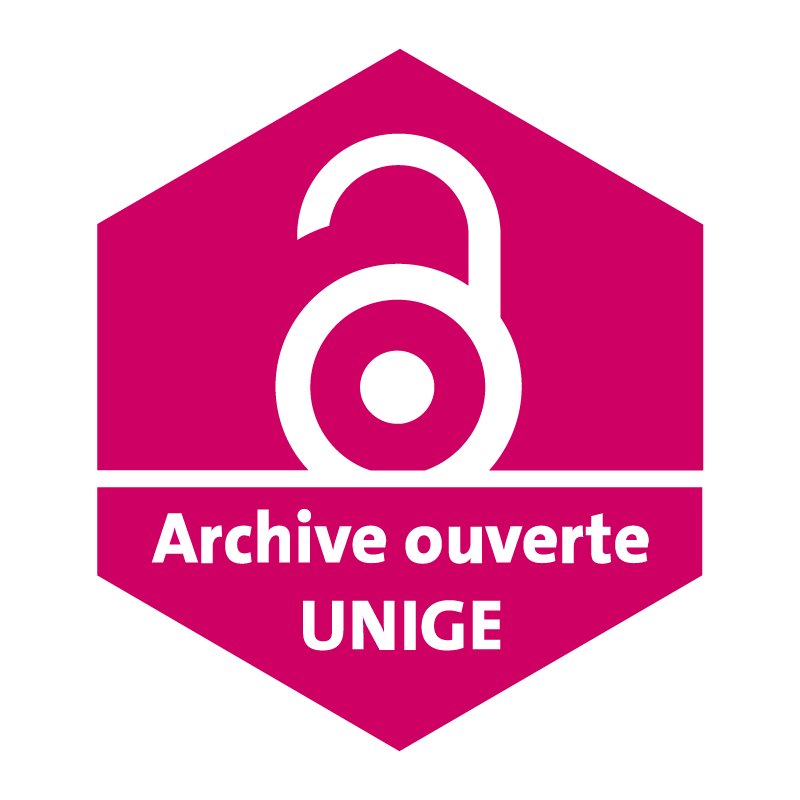Cloning of a human ether-a-go-go potassium channel expressed in myoblasts at the onset of fusion
Published inFEBS letters, vol. 434, no. 1-2, p. 177-182
Publication date1998
Abstract
Keywords
- Adolescent
- Adult
- Amino Acid Sequence
- Brain/metabolism
- Cell Differentiation
- Cells, Cultured
- Child
- Child, Preschool
- Cloning, Molecular
- Ether-A-Go-Go Potassium Channels
- Humans
- Infant
- Molecular Sequence Data
- Muscle, Skeletal/cytology/ metabolism
- Potassium Channels/biosynthesis/ genetics
- Sequence Alignment
- Sequence Analysis
Affiliation entities
Citation (ISO format)
OCCHIODORO, T. et al. Cloning of a human ether-a-go-go potassium channel expressed in myoblasts at the onset of fusion. In: FEBS letters, 1998, vol. 434, n° 1-2, p. 177–182.
Main files (1)
Article

Identifiers
- PID : unige:10377
- PMID : 9738473
Journal ISSN0014-5793


